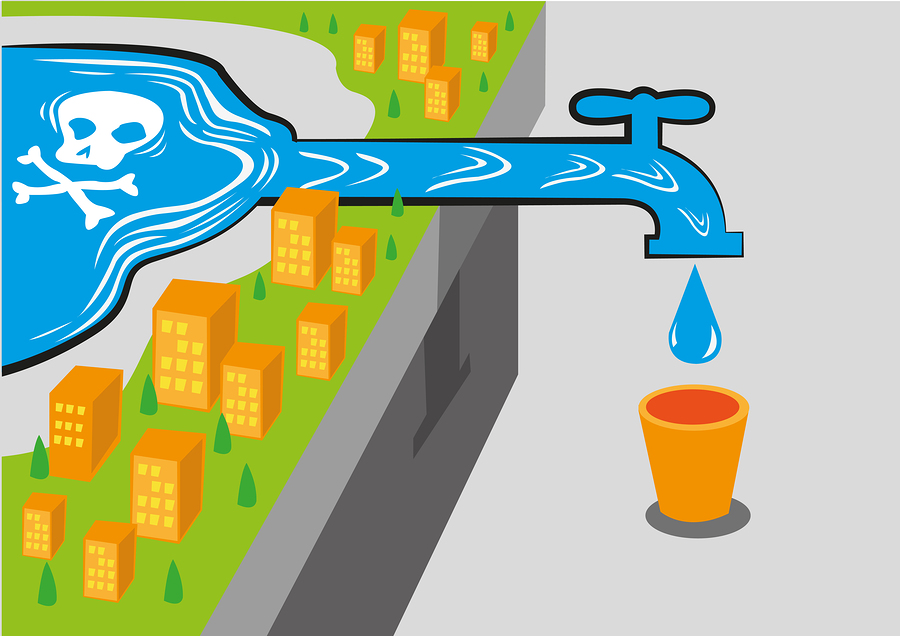Lead can enter drinking water when service pipes that contain lead corrode, especially where the water has high acidity or low mineral content that corrodes pipes and fixtures. The most common problem is with brass or chrome-plated brass faucets and fixtures with lead solder, from which significant amounts of lead can enter into the water, especially hot water.
Homes built before 1986 are more likely to have lead pipes, fixtures and solder. The Safe Drinking Water Act (SDWA) has reduced the maximum allowable lead content — that is, content that is considered “lead-free” — to be a weighted average of 0.25 percent calculated across the wetted surfaces of pipes, pipe fittings, plumbing fittings, and fixtures and 0.2 percent for solder and flux.
We are all aware of the problem with lead in Flint, Michigan. Lead seepage into the drinking water in had caused a massive public health crisis and prompted President Obama to declare a federal state of emergency there. The problem began when the city switched its water supply in 2014. Almost immediately, residents of Flint started complaining about the quality of the water. City and state officials denied for months that there was a serious problem.
By that time, supply pipes had sustained major corrosion and lead was leaching into the water. The city switched back to its original water supply late last year, but it was too late to reverse the damage to the pipes.
Flint may not be the only place with a lead problem. More than 18 million Americans receive drinking water from water treatment facilities that have violated federal drinking water rules for lead. And, in 9 out of 10 cases, the EPA has taken no enforcement action against the violators. Many water treatment facilities have also been caught using incorrect testing methods to avoid detecting high levels of lead.






